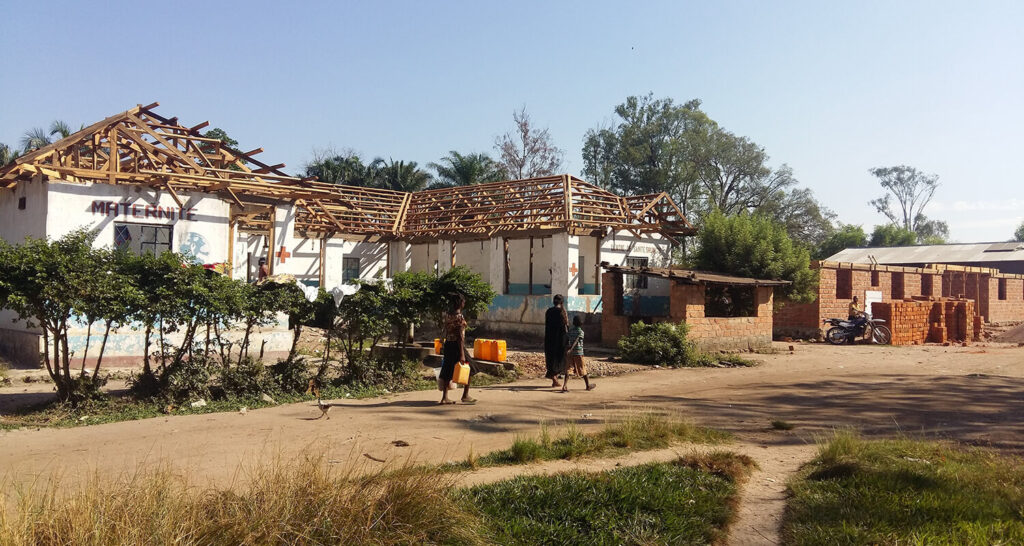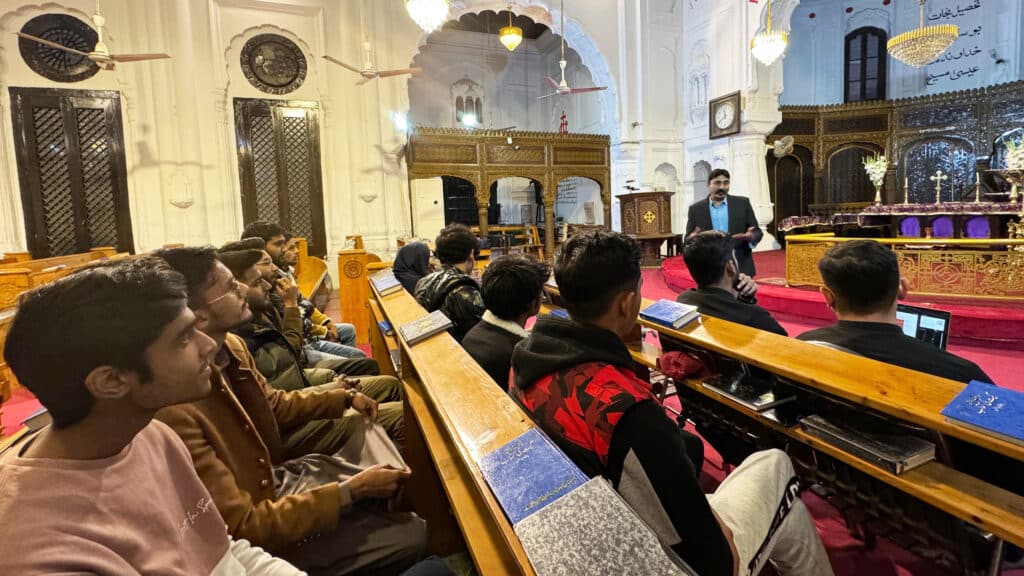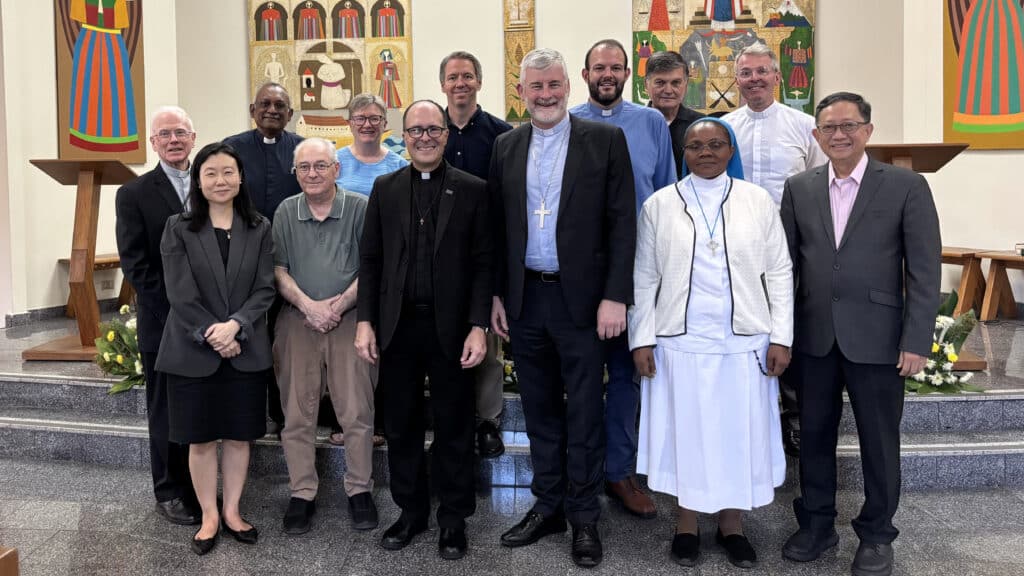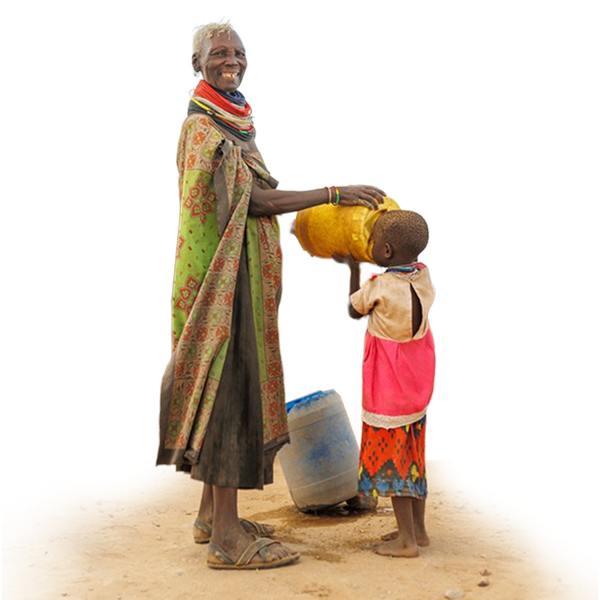By Tom Gillem
Expectant mothers needing emergency cesarean sections no longer face an eight-hour road journey across the Democratic Republic of the Congo for quality care to save their babies’ lives, and perhaps their own.
The Shungu maternity clinic in the rural DRC city of Kamina, where patients and staff once feared their dilapidated building could collapse at any minute, is now completely renovated, thanks to an initiative by the Global Health Unit at Global Ministries to revitalize health facilities.
Shungu is connected to United Methodist Lupandilo Hospital, and together, the health center received a $500,000 grant for the renovations. The dedication of the rehabilitated hospital and clinic was Aug. 30, 2019.
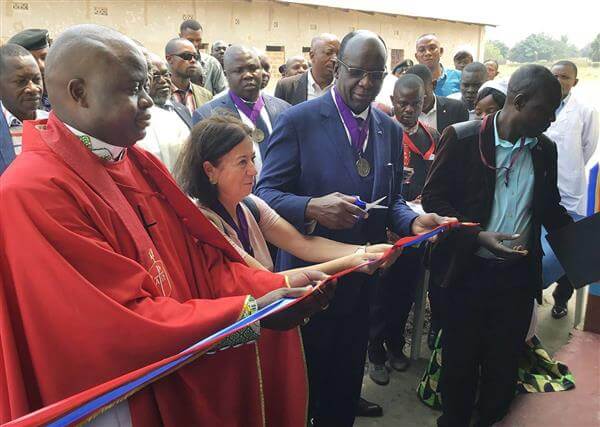
Now, Shungu maternity clinic has running water for the first time since it opened its doors in 1969.
Three years ago, Global Health initiated the Health Systems Strengthening program to improve the quality of health services and increase access to mission hospitals in low- resource settings. Since then, the program has supported the rehabilitation of 46 health facilities around the world, including 14 comprehensive projects like Shungu, primarily in the Africa region.
“Many of the mission hospitals were in such states of disrepair that we felt we needed to do something to revitalize them,” said Dr. Graciela Salvador-Davila, interim director of Global Health programs. “Many of them are 100 years old or more and had been pretty much abandoned. We wanted to get them up to standards again so they could provide good quality services.”
Methodist missionaries began opening health facilities more than a century ago in Africa’s most remote locations to serve vulnerable segments of the population. Many of those facilities still provide the only health care available to the rural poor.
“All of these mission hospitals are in rural communities where there are no alternative health facilities,” said Salvador-Davila. “We provide pretty much the only source of health care for many individuals in these communities, which is another reason why this is so important.”
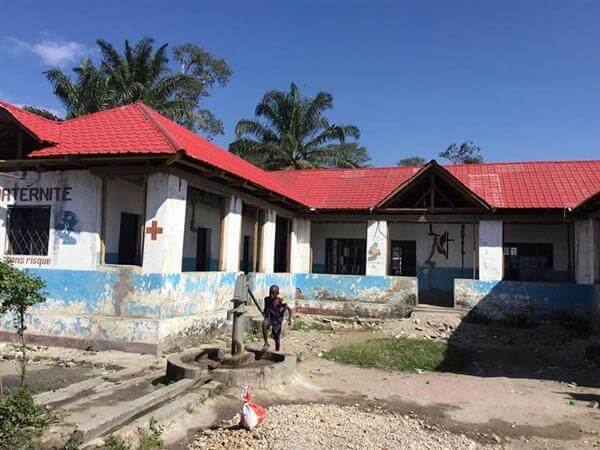
PHOTO CREDIT: COURTESY OF THE GLOBAL HEALTH UNIT
Shungu, for instance, is located in the North Katanga Episcopal Area in southeastern DRC. Before renovations were completed, water damage, mold and large holes in the ceilings and walls limited the health center’s capacity to provide quality care to patients, including emergency procedures.
“Shungu is the only place in that community where caesarean sections can be provided for emergency deliveries,” Salvador-Davila said. “So, if a woman in labor is in an emergency and she needs to have surgery, Shungu is the only place within an eight-hour drive where it can be done.”
The clinic serves a disenfranchised population that is subject to some of the worst health outcomes globally. Most of the rural population are poor subsistence farmers that have no source of income to pay for the health services they receive at the Methodist facilities.
“The Health Systems Strengthening program became such a priority because we want to make sure these facilities have all of the infrastructure upgrades, the safe equipment, and the medications that they need to provide essential services to reduce the number of people dying from causes that can be prevented,” Salvador-Davila said. “It’s not just about buildings being completed. It’s about the significance of these health facilities in these rural, underserved communities where nobody else is providing health services.”
Tom Gillem is a freelance writer for Global Ministries.
